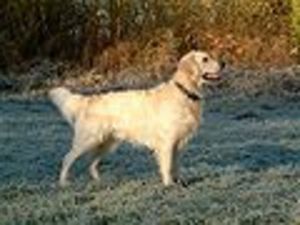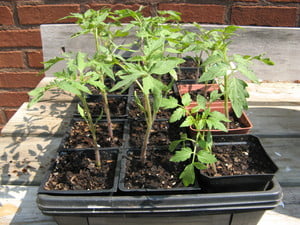Many of us who have household pets share in a common problem of how to control fleas which are brought into and frequently infest our homes.
This is particularly a problem when pets alternate between indoor and outdoor living or for pets that are frequently boarded at kennels which are not adequately cleaned between guests.
An increasing number of pet owners are hesitant to expose our pets to harsh chemicals whether these be found in pet collars, ointments, creams, powders, and even injections which are said to protect our pets against flea infestation.
Even with the best groomed pet fleas can present a problem. This is because we can temporarily eliminate the fleas on our cat or dog, through frequent bathing and grooming, but we have not eliminated the flea population which may lurk in any of many flea friendly areas in our homes. These include pet beds, pet linens, carpets, and any area frequented by the pet in which the flea may hide temporarily during the grooming of the pet.
Fleas are tiny, but smart little parasites. Their host and preferred place of residence is your pet, but when fleas sense a threat, whether in be a combing of the pet or the application of a chemical or powder, they quickly abandon the pet and hide in the pet’s bedding or in a rug or carpet on which the pet sleeps.
If you have ever treated a pet with a flea powder (something I would not recommend) and have observed closely you will have seen hundreds of fleas ‘jumping ship’ in order to avoid the irritating powder (This is something your pet probably would like to do as well).
The problem is that these fleas, having escaped the local treatment of the pet now just lie in wait in the pet’s bedding (or other ares frequented by the pet) until it is safe to return, at which time they happily return to their host animal.
One environmentally safe method I have found for addressing and controlling fleas which inhabit the pet’s home turf is both simple and effective.
If you are troubled by recurring flea infestation please try this. You will be surprised not only by the simplicity, but by the results.
1. Begin by bathing and grooming (thoroughly combing) your dog or cat. (preferably outdoors, but if in winter in a bathroom or laundry room)
2. Next, identify all areas which the pet most frequents, and especially the area where the pets sleeps or naps.
3. Primary target areas would include the pet’s bed, rugs and carpets on which the pet sleeps, and furniture frequented by the pet.
4. Once these areas are identified simple ‘flea traps’ will be used to capture and eliminate the existing fleas and prevent them from returning to your pet.
5. ‘Flea traps’ will be deployed at bedtime.
Deployment of ‘Flea Traps’:
1. You will need one flea trap for each identified target area (pet bed, Carpet, rug, etc.). Depending on the size of the area you may need two traps. Typically you will need one trap for every 9 square feet of target area.
2. For each trap you will need one six inch in diameter dinner plate.
3. Fill the plate with enough water to reach within 1/2 inch of the rim.
4. To each plate add four drops of liquid dish detergent (Ivory, Joy, etc.), and stir.
5. At bedtime place one plate in the center of each identified target area.
6. Adjacent to each plate, and preferably over hanging the plate, place a light or lamp containing a 60 watt or greater bulb.
7. Turn on the light and leave on over night.
8. The next morning check the water in the plate. Flea infested areas will have anywhere from a dozen to a hundred or more dead fleas floating in the water. (these appear as tiny black or brown specks).
9. If after initial deployment no fleas are found in the water relocate the trap.
10. Repeat this process with a fresh water-soap solution until no fleas are found in the water.
This process works by taking advantage of the flea’s attraction to the light and warmth of the light bulb. With no other light in the room, the flea(s) will jump towards the 60 watt bulb and subsequently fall into the water filled dish. The soap mixture in the liquid is sufficiently heavy to coat the flea and prevent its’ escape from the water.
I have only one pet, but after boarding the cat for a week I noticed the cat scratching fleas. After giving the cat a bath and combing we deployed one trap near the cat’s bed and another near her favorite spot in the sun (on a hooked rug). After the first night we were surprised to find 75-100 fleas in each trap. For the next four nights of deployment the number of trapped fleas went don until on day five there were none.
This is a clean, safe and simple method for addressing a flea infestation problem.
I hope you will try it.





